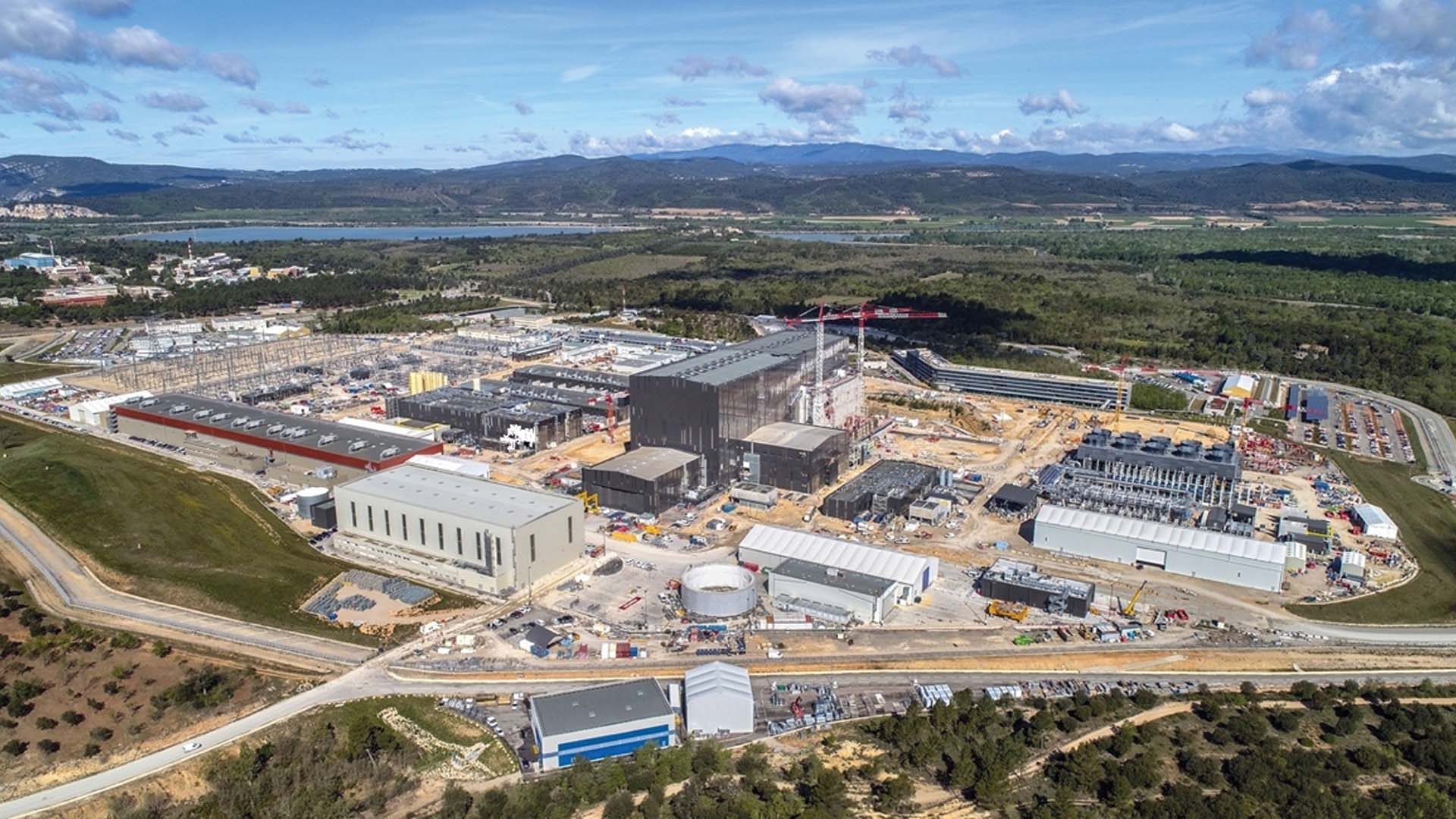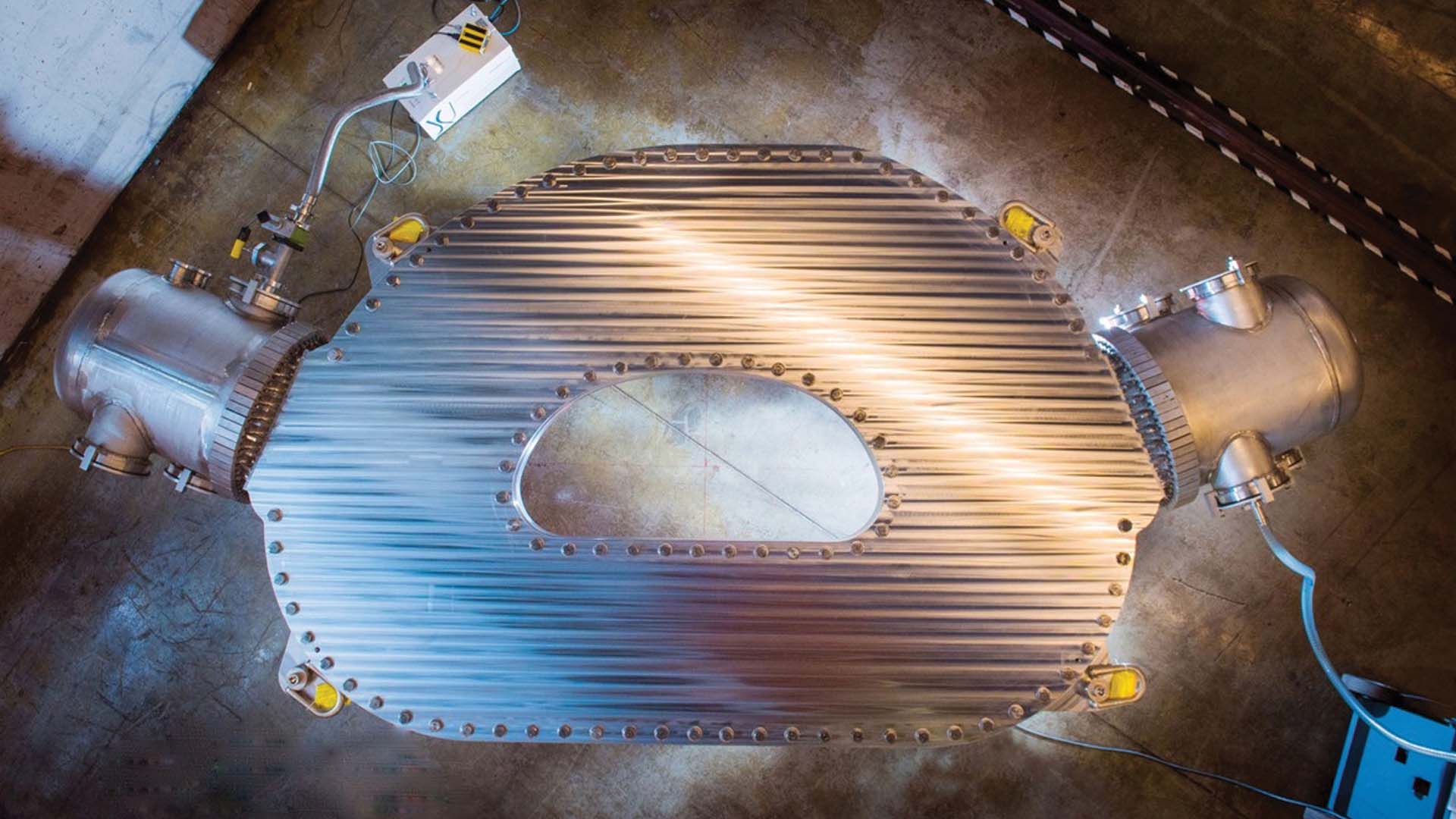Earthlings have been enjoying the benefits of fusion ever since the planet was formed: fusion is what powers the massive plasma ball that is the Sun, warming our days and lighting our ways. Ever since scientists realized that the sun creates energy by fusing hydrogen atoms into helium, they have worked to replicate and harness that fusion energy for humankind.
Fusion is hot news, too. Investors support private fusion companies around the world; in the U.S. alone, more than $1 billion of private funding has been invested in support of the fusion industry. Additionally, experimental facilities like the international ITER project are being assembled. ITER is the world’s largest fusion project, consisting of a collaboration of 35 nations. It aims to demonstrate the feasibility of fusion energy as a large-scale and carbon-free source of energy.
Advances in government-supported fusion are also evident from facilities as diverse as the DIII-D National Fusion Facility, which supports fusion research across the US and the globe, and the National Ignition Facility at Lawrence Livermore National Laboratory. Princeton Plasma Physics Laboratory has a strong focus on advancing science for fusion energy goals, and Oak Ridge National Laboratory is involved in multiple efforts to accelerate the materials and technologies needed for practical fusion reactors.

Fusion’s allure is easy to see: it has huge potential for powering the planet as a safe, abundant, and carbon-free energy source. It is created from the humble hydrogen atom—specifically from the isotopes deuterium, which is abundant in seawater, and tritium, which can be formed from helium and lithium.
These efforts promise a game-changing payoff: a fusion reaction is about four million times more energetic than a chemical reaction, such as burning coal, oil, or gas. This massively powerful energy source would be monumental for reaching the worldwide goal of net-zero carbon emissions by 2050. Also, fusion by-products, helium plus an energetic neutron, result in no long-term radioactive waste. There is no risk of runaway reactions in fusion, and fusion reactors are expected to have a much lower risk for nuclear proliferation in comparison to current nuclear reactors.

There’s no doubt that producing fusion reactions is challenging. In order to fuse, hydrogen atoms need to be both extremely hot and packed together tightly enough and long enough to collide frequently. Thanks in part to their massive gravity, stars make fusion look easy. On Earth, confinement of hydrogen plasmas requires different techniques, such as magnetic confinement, inertial confinement via lasers, or a combination of approaches.
At this point, fusion power has been demonstrated in laboratory conditions, including a record 16 MW of fusion power recorded by the JET tokamak at Culham Science Centre in the U.K. in 1997. However, sustained high power fusion has not yet been achieved. ITER aims to demonstrate 500 MW of fusion power for minutes at a time—a huge leap forward for sure, but nowhere near the performance requirements for a practical fusion power source that runs day and night.
In 2021, a National Academies of Sciences and Engineering report, Bringing Fusion to the U.S. Grid, examined what it would take for the U.S. to develop a pilot fusion plant. The report notes that the US should start now on all needed research and technology for the construction of a compact fusion pilot plant to have an impact on carbon-free energy by the mid-century.

In order to build fusion power plants, core challenges must be overcome: developing materials that will withstand environments much more extreme than those in current nuclear reactors; getting the plasma to sustain itself without external heating; figuring out how to transfer power efficiently; and working out how, within this cycle, to create tritium for fuel.
What does that research and technology work look like? It’s probably best described as a serious expansion of current government, private industry, and university efforts. In addition, there are still plenty of open questions about what a fusion reactor of the future will look like. When will fusion be the source of your electricity? It’s too soon to tell, but government and industry actions suggest that the “time is now” to work on a path to practical fusion energy.
Read more about nuclear energy HERE, or stream Tomorrow’s World Today’s four-part exploration of nuclear energy on Science Channel GO and Discovery GO!




